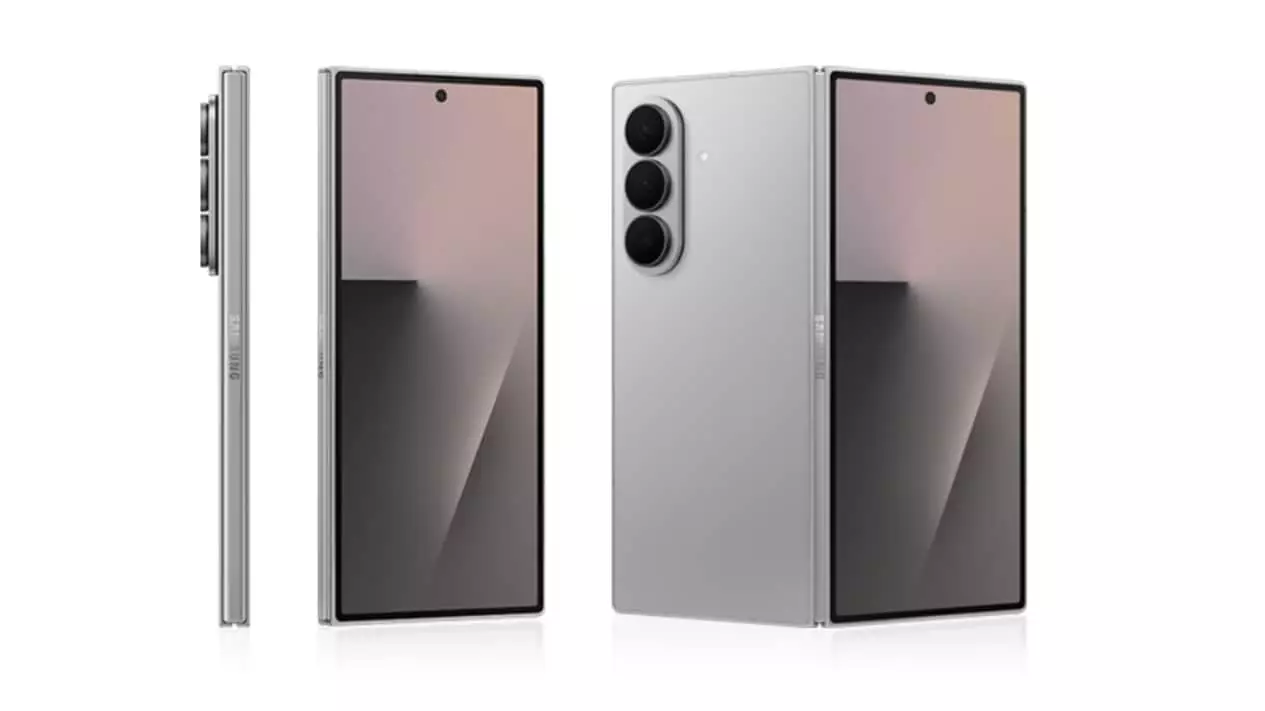The launch of Samsung’s Galaxy Z Fold 7 and Z Flip 7 marked a pivotal moment in the evolution of foldable phones, but compelling early sales data suggest a significant paradigm shift. Traditionally, Samsung’s Flip lineup has commanded the lion’s share of pre-orders and market attention, appealing to consumers drawn to its compact, sleek, and stylish design. However, the recent surge in pre-orders for the Z Fold 7 challenges this dominance, indicating a broader appetite for more sophisticated, book-like devices that redefine portable computing.
This shift questions whether the foldable market is evolving beyond its initial niche. The fold’s increased pre-sales, as revealed by data from South Korea, highlight a consumer desire not merely for novelty but for functionality and utility. Users appear increasingly willing to embrace devices that expand their digital horizons, designed for multitasking, media consumption, and productivity—traits the Z Fold is inherently better suited to provide. This change could signify a turning point, urging manufacturers and marketers alike to reconsider their product strategies and target demographics.
Demographics and Preferences: Who’s Driving the Change?
Diving deeper into the data, the demographics reveal fascinating insights. An overwhelming majority of pre-orders for the Z Fold 7 come from men, particularly in their 30s and 40s, a demographic often associated with professional, tech-savvy individuals seeking efficiency and premium experiences. Meanwhile, the Flip 7 continues to attract a larger share of women, emphasizing its ongoing appeal as a trendy, stylish gadget.
The predominance of the color Blue Shadow across both models underscores a consumer preference for subtle yet impactful aesthetics. Meanwhile, the choice of Jet Black and Coral Red indicates a leaning toward both classic elegance and bold statements—affirming that personalization remains vital in device selection.
What is perhaps most telling is the growing interest among consumers in their 30s and 40s. This age group values versatility and investment in tech that enhances daily productivity. The increasing pre-order numbers point to a shift in consumer attitude—not just a fleeting curiosity, but a genuine appreciation for the capabilities of foldables, especially those that offer a more book-like form factor. It implies that the initial “cool factor” is transforming into a long-term demand grounded in practicality.
Global Perspectives and Market Potential
Though these numbers are rooted in South Korea, they resonate across markets such as India, where similar trends are emerging. The collective pre-orders in India for the Z Fold 7 and Z Flip 7 nearly match those of flagship models like the Galaxy S25 series, highlighting a global endorsement of foldables’ relevance. At prices starting around Rs. 1,74,999 for the Fold and Rs. 1,09,999 for the Flip, consumers are prepared to make a significant financial commitment, underscoring a shift from early adopters to more mainstream audiences willing to see foldables as essential devices rather than aspirational gadgets.
This growing market confidence challenges the traditional narrative that flip phones are more versatile or fashionable, relegating foldables to a niche segment. Instead, the data suggest a merging of form and function—a convergence that could reshape consumer expectations and industry standards. As leadership in foldable technology becomes more sophisticated, it remains to be seen whether other manufacturers will follow suit, but Samsung’s current trajectory indicates an upward swing in consumer confidence.
The Future of Foldables: From Novelty to Necessity
This evolving landscape underscores an important reality: foldable phones are no longer just a high-tech luxury but are inching towards becoming necessary tools for a mobile-centric society. Consumers are starting to recognize the value of a device that seamlessly transitions between a phone and a mini tablet—a feature that enhances both entertainment and productivity.
The rise of foldables also highlights a fundamental shift in how technology adapts to human needs, blending portability with performance. The once-clear divide between traditional smartphones and tablets is blurring, opening the door for more innovative designs and features centered around user experience. While skepticism persists—particularly concerning durability and price—the rising pre-order momentum indicates that the market is ready for a new wave of versatile, multifunctional devices that challenge the status quo of mobile technology.
This transformation towards heavier investment and greater consumer interest signals a maturation of the foldable segment. If manufacturers listen to these changing preferences, prioritizing durability, design customization, and functionality, they could unlock an entirely new market segment—one that values adaptability and sophistication over mere brand loyalty or fleeting trends.


Leave a Reply